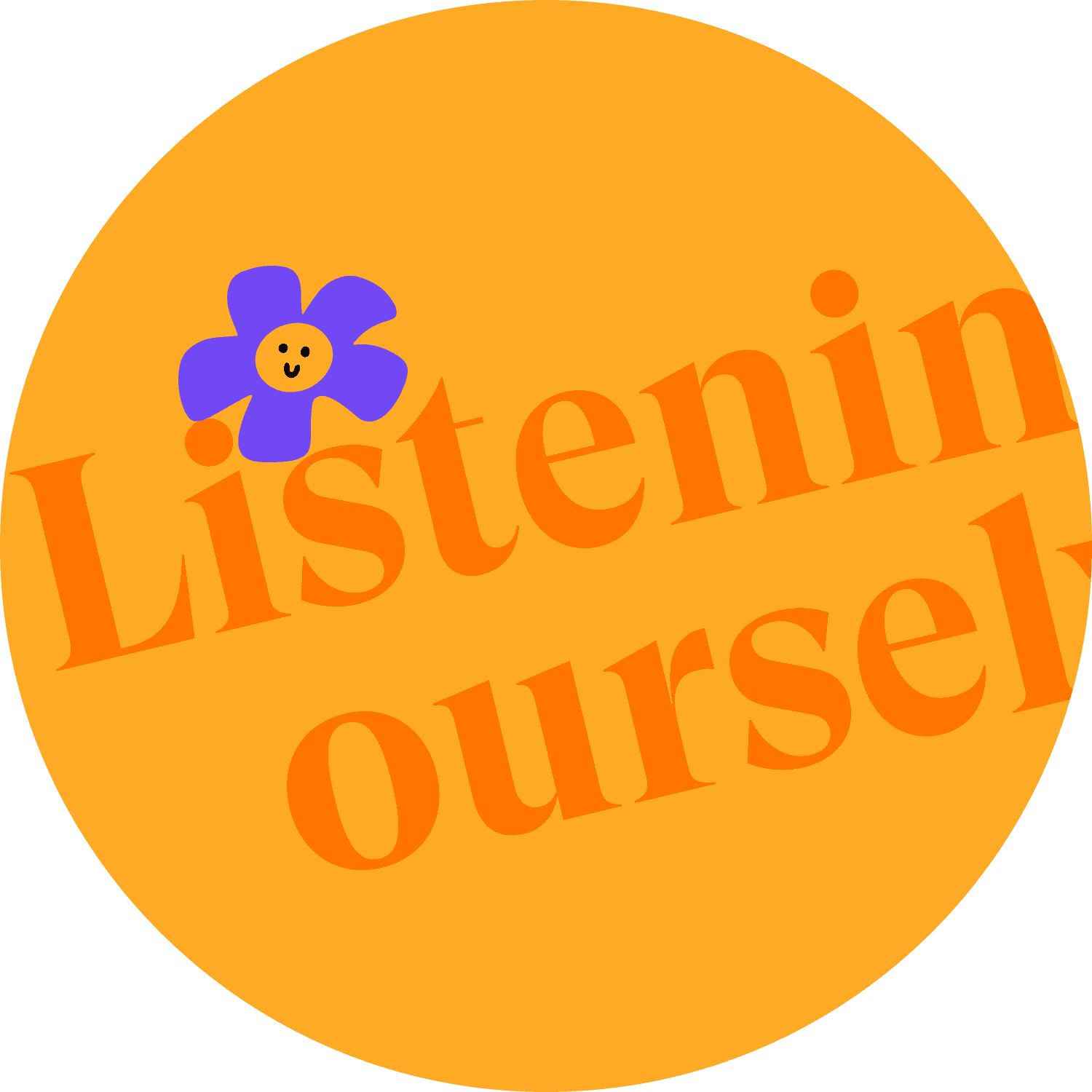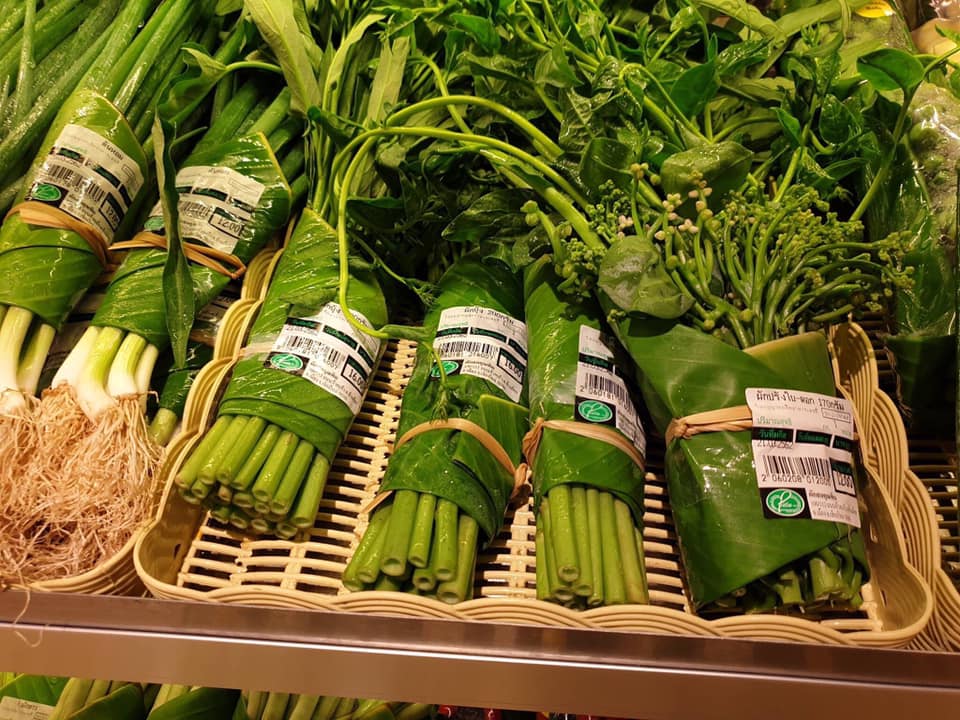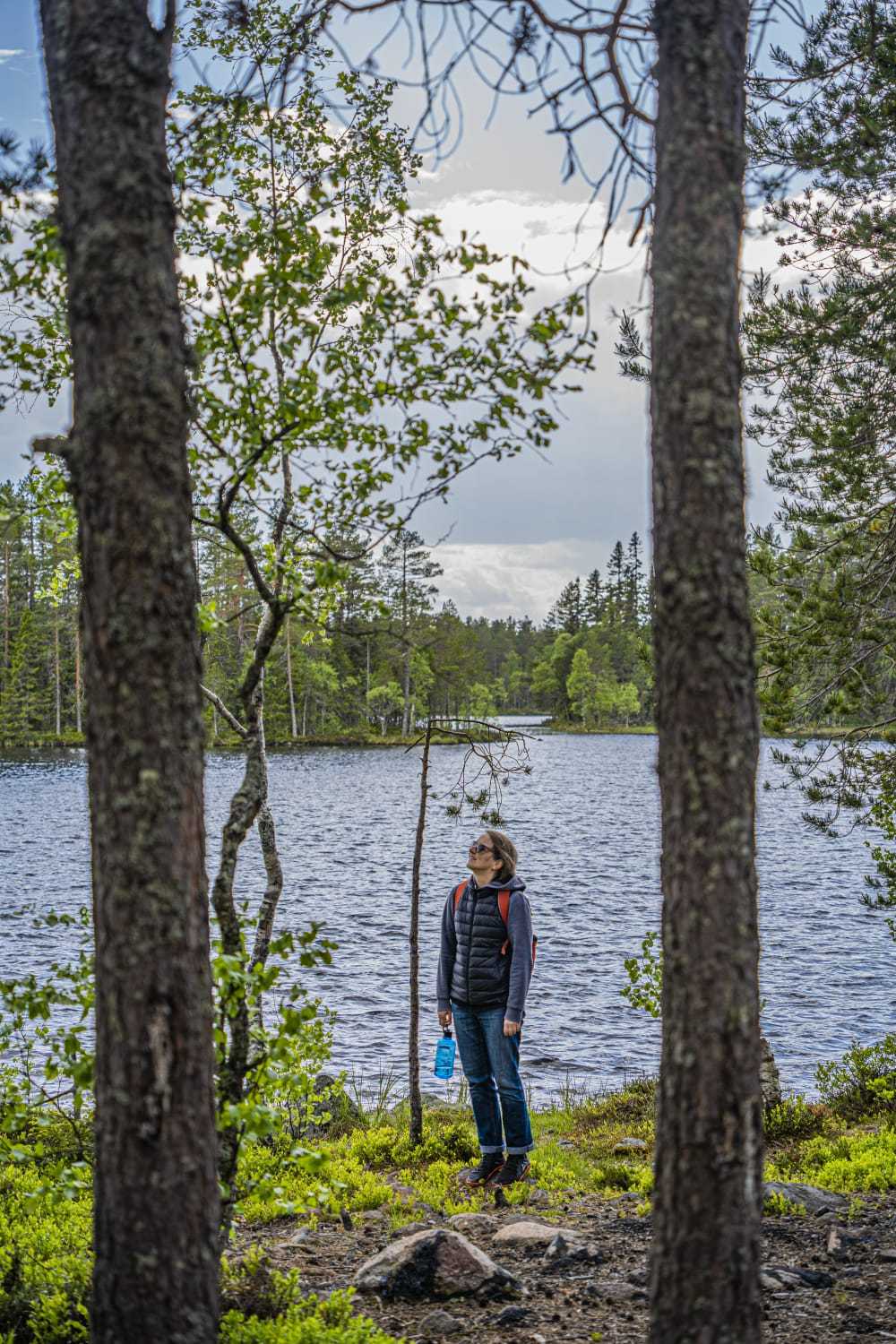
New Alternatives to Disposable Plastic & Hands-On Ways to Protest Plastic Pollution
Plastic. It’s everywhere, from the bottom of the ocean to the tap water in your glass. So it’s small wonder when we even wrap single bananas and avocado halves in plastic (mainly the non-recyclable kind). And as most people watch in horror at their shopping cart brimful with more plastic than produce, thankfully, there are some who are looking for solutions.
From designers to futurists, from sustainability and circular economy specialists to the corner shop owners, there are quite a few who try to end plastic pollution. Some want to replace plastic with eco-friendly plastic alternatives such as paper, while others want to find plastic-like versatile materials that are biodegradable and do not leave toxic residues in the environment.
We know by now that a country like Norway recycling 97% of its plastic is an exception, not the rule. As we’ve become more aware of how plastics accumulate and result in tons of plastic waste; hurting marine life and endangering ecosystems, we need to think less about recycling as the solution and more at replacing environment-unfriendly “traditional” plastic products (“petro-plastics”) with biodegradable or compostable alternatives. Or just ditch disposables for good.
Petro-plastic items (ie. plastic bags, water bottles, food packaging, plastic cutlery, takeaway cups) take about half a millennium (although some might take closer to an eternity) to decompose. It shouldn’t be hard to imagine a world without plastic simply because plastic is not some ancient staple product that we can’t live without. It’s recent, younger than most people living on the planet at this very moment, but it will surely outlive us all. So maybe it’s time to take a closer look at bio-plastics and the growing family of raw materials that could become the next big plastic alternatives.
What are bioplastics?
According to Think Bioplastics, there are two main categories of bioplastics: Those produced from renewable materials like plants and trees (“bio-based” bioplastics) and those designed to biodegrade or compost at the end of their life (“biodegradable” bioplastics). Yes, some bioplastics are both bio-based and biodegradable.
Good to know: Compostable means that it will break down under certain conditions into harmless natural compounds.
Explain That Stuff – an online platform dedicated to explaining stuff in as much detail as possible without becoming too technical – goes even further and separates the so-called “environmentally friendly” plastics into three types:bio-plastics (made from natural materials such as corn starch), biodegradable plastics (made from traditional petrochemicals, which are engineered to break down more quickly) and eco/recycled plastics (made from recycled plastic materials rather than raw petrochemicals).
As with any complex issue, this is not a black and white issue. Bio-plastics are work in progress, and they’re not yet that much-needed silver bullet. The article goes further and explores the potential for good and bad of these new and better but not yet magical materials.
These days there is talk about hemp fiber entering the plastic alternatives stage, as well as seaweed, and even avocado pits. According to Ecowatch, a startup called Loliware is introducing an eco-friendly alternative to plastic straws: seaweed straws. They are “hyper-compostable” and if you’re addicted to the way plastic feels (are you?!) then the producers guarantee that these straws “look, feel, and act like plastic”.
Other sustainable alternatives to plastic straws: Stainless steel, paper, glass, bamboo or even pasta straws! You can buy them in most ethical online stores, but they are becoming quite common in high street and local health, zero-waste local shops. While you are at it, you could also ditch your plastic toothbrush for an eco-friendly alternative as well.
This article from Smithsonian was published in 2006 (!) and considers corn-based plastics (known as polylactic acid = PLA) “trendy” and ideal for containers and packaging for food and consumer goods. At the same time, it draws attention to the throw-away culture which needs to be fixed. And no amount of corn could fix that.
Grinding avocado pits into your veggie protein smoothie might be a fad, but did you know a Mexican company turned these hard pits into completely biodegradable plastic? As Mexico is a place where avocado seeds pile up like nowhere else in the world, and with most of them ending up in the landfill sites, this seems like a sustainable solution. Everyone wins.
What can I do? I’m not a specialist in bio-plastics.
Since there isn’t much you can do to replace all petro-plastics with the perfect bio-plastics (still work in progress!), we came up with a few suggestions of civic actionable advice you can put to good use before scientists turn the tide on plastic pollution.
1. Write a letter to your favourite not-yet-plastic free brand
Now that you have some solutions and alternatives, you can contact the company whose products are addictive but oh, served in or with a bit too much plastic for your taste. Tell them that you don’t agree with the way they wrap their products.
To show that you mean business, you can share some of the suggestions mentioned above and promise that you will contact them soon to see what steps they’ve taken to fix this problem. If they reply (lucky you!), ask them for an approximate date when they hope ditching non-recyclable plastics will happen.
Follow-up!
Dear Madam / Sir
I really like your products. I think they are great quality and I would like to keep buying them, but I would also like you to consider the serious issue of plastic pollution reaching epidemic proportions. I really hope you will consider reducing or eliminating non-recyclable plastic from your packaging.
I discovered some really useful alternatives to plastic. Have a look [here you can copy-paste the above mentioned alternatives]. It would be great to hear your thoughts on this and to find out more about the concrete steps you’re taking to change the current situation.
Hope this helps.
Looking forward to hearing some good news from you in the near future.
King regards,
Faithful Customer (but desperate to help end plastic pollution)
You can also remind them that “Britain is to set out plans to overhaul its recycling system (…) including making plastic packaging producers pay the full cost of dealing with their waste and introducing a deposit return scheme for cans and bottles.” (Reuters)
Don’t forget to mention that there are initiatives like The New Plastics Economy which apply the principles of the circular economy, bringing together key stakeholders to rethink and redesign the future of plastics, starting with packaging. BTW, the initiative is led by the Ellen MacArthur Foundation in collaboration with a broad group of leading companies, cities, philanthropists, policymakers, academics, students, NGOs, and citizens. Pretty much everyone, as you can see. Who knows, they might want to join too.
2. Join or lead a plastic protest
A plastic packaging protest is a bit like a public performance where people shop from a supermarket or a grocery store and after paying they remove all the excess plastic packaging leaving it in the shopping cart for the supermarket to deal with.
Considering most of the plastic is not even recyclable, this sends a clear message that the customers are not happy with the senseless plastic packaging and the lack of responsibility widespread with distributors and producers alike.
Tips:
Leave the discarded plastic packaging and plastic shopping bags somewhere noticeable. If it’s a big protest, make sure you alert the media or tell the story yourself through your social media channels.
For inspiration: Check out the story of Madeline from Glasgow who has been mounting her own protests against plastic use by removing the wrapping from her groceries and dumping it back in the store where she bought it. Since March last year, she has carried out nine demonstrations.
3. Sign those petitions!
A petition starts a conversation, it’s an easy-to-take step in the right direction, it forces the elected representatives to take a certain issue into account, and you’d be surprised how many times it leads to positive change.
You can have a look at this petition initiated by Greenpeace UK: Tell UK supermarkets to reduce plastic packaging. Or this one asking to Ban single-use plastics, or this one hoping to Ban the use of all non-recyclable and unsustainable food packaging. See, plenty to choose from. If you feel like taking initiative, you can start your own petition and hope for the best. Fingers crossed!
Reminder: It’s important to remember that even if we manage to replace plastic with biodegradable alternatives, the ultimate goal should be to reduce the use of disposable materials as they all have an impact on the environment, they all come with a carbon footprint.
Maybe we should pay more attention to edible alternatives to disposable cutlery, plastic bottles and food containers, while hoping to make single-use plastics history. Or maybe we should look for zero-waste, bulk markets or other refill options in our neighbourhoods. Encouraging such initiatives we’ll make another important step towards ending plastic pollution.
Talking about biodegradable, 100% natural: These banana leaves look like a dream solution. These days they are making the rounds on social media channels all over the world. It doesn’t get more biodegradable than this, does it?

Further reading: The Sustainable Toothbrush: Where to Find It and Why It Should Be the New Normal
Featured image via Shutterstock
Earth.fm is a completely free streaming service of 1000+ nature sounds from around the world, offering natural soundscapes and guided meditations for people who wish to listen to nature, relax, and become more connected. Launched in 2022, Earth.fm is a non-profit and a 1% for the Planet Environmental Partner.
Check out our recordings of nature ambience from sound recordists and artists spanning the globe, our thematic playlists of immersive soundscapes and our Wind Is the Original Radio podcast.
You can join the Earth.fm family by signing up for our newsletter of weekly inspiration for your precious ears, or become a member to enjoy the extra Earth.fm features and goodies and support us on our mission.
Subscription fees contribute to growing our library of authentic nature sounds, research into topics like noise pollution and the connection between nature and mental wellbeing, as well as funding grants that support emerging nature sound recordists from underprivileged communities.

